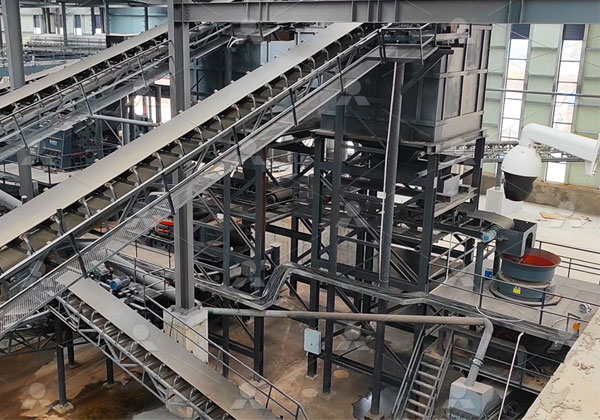Aggregate crushing plants play a critical role in the construction and mining industries by producing crushed stone, gravel, sand, and other materials used for construction, road building, and infrastructure projects. Designing and operating an efficient aggregate crushing plant requires meeting several technical, environmental, and safety requirements. This article outlines the essential requirements for aggregate crushing plants to ensure productivity, safety, and sustainability.

1. Site Selection and Layout
-
Adequate Space: The plant site must provide sufficient space for the crusher, screening units, conveyors, stockpiles, maintenance zones, and vehicle movement.
-
Geographical Considerations: Proximity to raw material sources reduces transportation costs. The site should also have stable ground conditions to support heavy equipment.
-
Accessibility: Good access roads for raw material delivery and finished product dispatch are vital.
-
Environmental Restrictions: Compliance with local zoning laws and environmental regulations regarding noise, dust, and waste disposal.
2. Raw Material Characteristics
-
Type of Aggregate: The plant must be suitable for the hardness, abrasiveness, and size of the raw materials (e.g., granite, limestone, basalt).
-
Feed Size and Gradation: The crusher should handle the maximum size of raw material available and produce the desired output gradation.
3. Crusher and Equipment Selection
-
Type of Crusher: Depending on the material and production needs, jaw crushers, cone crushers, impact crushers, or gyratory crushers may be selected.
-
Capacity: Equipment must be sized to meet the required throughput, considering peak and average production rates.
-
Screening Units: Proper screening equipment is essential for separating and classifying the crushed materials to meet size specifications.
-
Conveyors and Feeders: Reliable feeders and conveyors ensure continuous and controlled flow of material between processing stages.
4. Power Supply
-
Stable Electrical Supply: Sufficient power capacity must be available to operate crushers, conveyors, screens, and ancillary equipment.
-
Backup Power: Provision for emergency power backup to prevent downtime.
5. Dust and Noise Control
-
Dust Suppression: Dust collectors, water sprays, and enclosure of crushing and screening units help minimize dust emissions.
-
Noise Reduction: Use of sound barriers, enclosures, and low-noise equipment reduces noise pollution, protecting workers and nearby communities.
6. Water Supply and Management
-
Water for Dust Control: Adequate water supply is necessary for dust suppression.
-
Wastewater Handling: Proper drainage and treatment of runoff to prevent contamination.
7. Safety and Operational Standards
-
Worker Safety: Protective barriers, emergency stop systems, safety signage, and personal protective equipment (PPE) must be in place.
-
Training: Operators should be trained on equipment use, maintenance, and emergency procedures.
-
Regular Maintenance: Scheduled inspections and preventive maintenance reduce breakdowns and prolong equipment life.
8. Environmental Compliance
-
Permits: Obtain necessary environmental clearances and permits.
-
Waste Management: Proper disposal or recycling of fines, sludges, and other by-products.
-
Monitoring: Regular environmental monitoring for dust, noise, and water quality.
9. Quality Control
-
Consistent Output: The plant must produce aggregate meeting specific size, shape, and strength requirements.
-
Testing: Routine sampling and laboratory testing ensure compliance with standards.
Setting up and operating an aggregate crushing plant involves more than just installing crushers and conveyors. It requires careful planning and adherence to multiple requirements—from site selection, equipment choice, and environmental controls to safety and quality assurance. Meeting these requirements ensures the plant operates efficiently, sustainably, and safely, delivering high-quality aggregates to support construction and infrastructure development.
